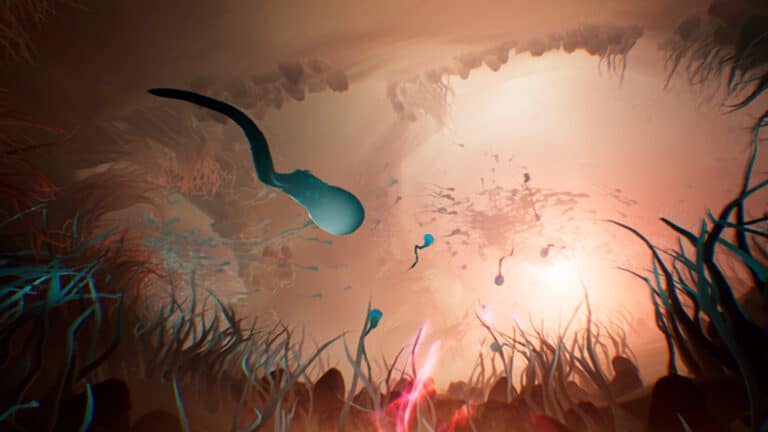
Researchers in South Korea have presented a new technology for restoring dental tissue using biodegradable patches or gel that stimulate the natural regeneration of dentin — the hard tissue located beneath the enamel. This new approach has the potential to revolutionize traditional dental treatment.
According to the scientists, the development is based on the use of bioactive molecules, including peptides. After cleaning the damaged area, the dentist applies a thin patch directly to the cavity. The molecules penetrate the tooth structure and activate stem cells located in the pulp. As a result, the cells begin to regenerate lost dentin, gradually filling the cavity with natural, living material.
The research showed that this method may be used for:
- treating early stages of tooth decay without drilling;
- reducing the need for filling materials;
- lowering the risk of inflammation and allergic reactions;
- preserving the maximum amount of natural tooth tissue.
However, the study is still ongoing, as the patches are currently undergoing preclinical trials. Once — and if — they successfully pass all clinical trials and receive official certification, they may find their way into dental clinics. Although no exact timeline has been provided, the developers are hopeful they can launch the product in the second half of next year.
According to experts, if this technology is widely introduced, treating cavities will become much easier, especially in areas lacking professional equipment, skilled doctors and quality clinics. The best part is that patients will no longer need to endure the pain and stress that so many associate with visiting the dentist.
Meanwhile, scientists from King’s College London have been working for 10 years to develop a material for growing teeth. After years of research and experimentation, specialists have finally succeeded in growing a tooth in an artificial environment.













